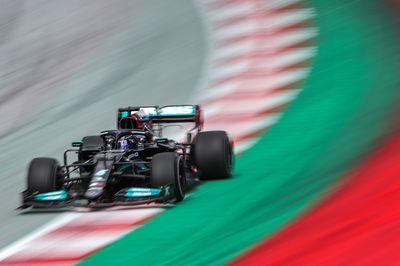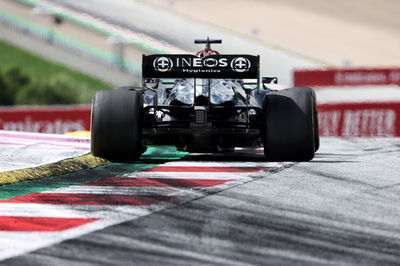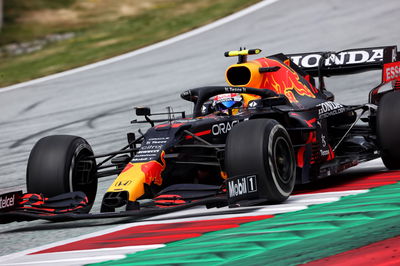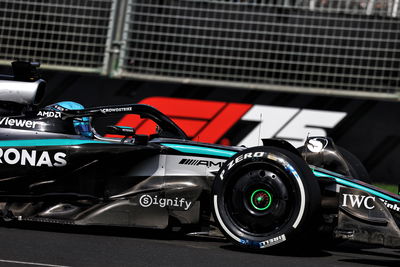Mercedes’ 2021 F1 car won’t be limited to just aerodynamics upgrades

Earlier this week, Mercedes chief technical officer James Allison confirmed that the team would be bringing performance upgrades to its car after falling to a fourth consecutive defeat to Red Bull at the Styrian Grand Prix.
Allison’s revelation came after team principal Toto Wolff had insisted that Mercedes had fully switched its focus to its all-new 2022 car that will be introduced as part of F1’s rules revolution next year.
Speaking in Mercedes’ latest post-race debrief video, chief strategist James Vowles provided further detail about the team’s planned 2021 development and said the upgrades it has in the pipeline will not be limited to just new aerodynamic parts.
“This package has a number of ways that we can improve it,” Vowles explained.
“We still have more performance that we can add to it and aerodynamic improvements are just one facet of car performance. We have other elements of this car that we can add performance to and we are continuously doing so.
“Furthermore, you can always optimise and improve the package you have. You don’t normally extract everything out of it from the word go, every time you run on track and get more and more information and data you learn a little bit more about how to use the car, how to use the tyres and how to optimise the package together.
“The result of that is that yes in terms of big aerodynamic upgrades, will they be reduced for us, but not just us, all teams this year? I suspect so.
“However, that doesn’t mean that the car performance will be static.”
Why Mercedes stuck with a bigger rear wing

Red Bull’s straight-line speed advantage was once again highlighted over the first race weekend in Austria. Mercedes believes it is losing up to 0.250s on the straights compared to its main rival, which Red Bull says is largely down to its low-drag, low-downforce set-up.
The RB16B has been running with a slimmer rear wing at the last two events at Paul Ricard and Spielberg, providing Red Bull with superior performance on the straights.
In contrast, Mercedes has stuck to a larger rear wing configuration. Although this solution results in more drag on the straights, Mercedes believes it is the overall best option.
According to Mercedes’ simulations, following Red Bull’s philosophy and switching to a slimmed-down rear wing would see it haemorrhage crucial lap time in the corners, as well as potentially exacerbating degradation issues.
“We have a suite of rear wings available to us, as do Red Bull and as do other teams on the grid,” Vowles said.
“You could, of course, have less rear wing and go faster on the straight line but you would be sacrificing cornering performance and that also comes with effects on degradation. Conversely, less rear wing allows you perhaps to overtake a little bit more, there is a balance.
“We use simulation tools to run through all of the rear wing settings that we have available to us and come up with an optimum of what we should be running at this track. What we should be running for both overtaking, qualifying and race and in our case, it comes out with the rear wing setting that you see.
“Yes, Red Bull's is slightly less than ours, but they also rear ride height that is much higher so it is very difficult to compare what drag their car is generating relative to ours.
"What we know is that with our car, and we have swept through, this where we are running on rear wing is optimal for lap time and ultimately that is what both qualifying and really the race is all about.”












